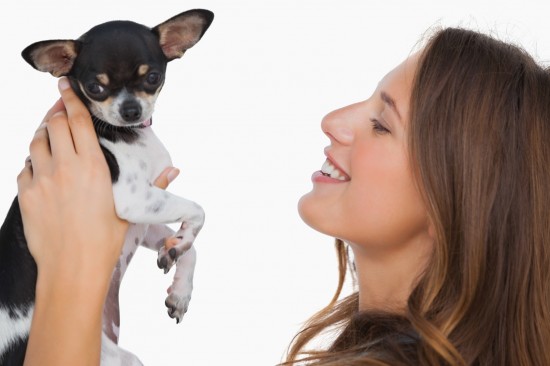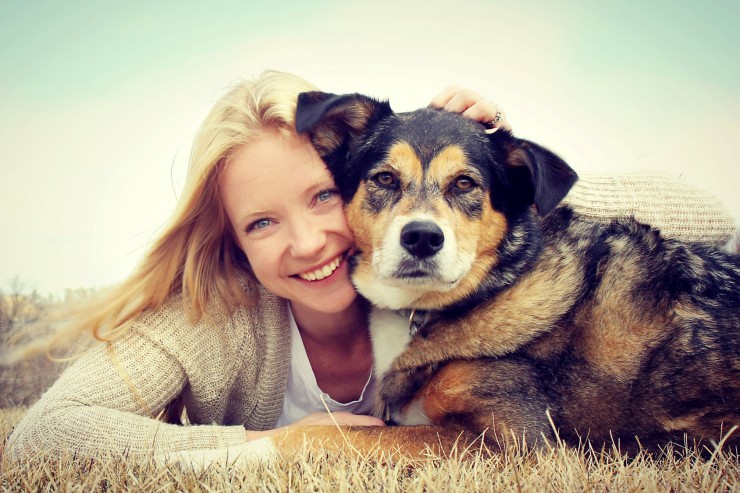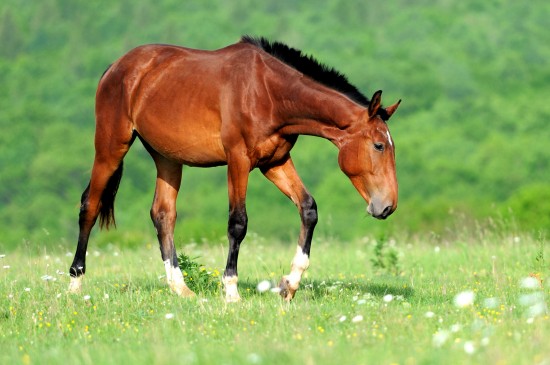
The house bound days and nights of winter offer the perfect time to take a long hard look at your horse tack, riding apparel and horse clothing, as well as to evaluate the need for any vaccines this spring. Before you know it, spring will be here with its warmer days and more demanding training and show schedule that will leave you no time for these important tasks. Now is the time to get organized.
As you head outside after a long winter, it may feel great to get up and moving again, but it can also be a time of chilled bodies, muddy tack and potential injury. Soggy arenas, forgone vaccines and neglected hooves can lead to serious injury or worse, making it even more important to get organized and prepared for a productive training and show season.
Equine Wardrobe
Just as we switch from winter to summer wardrobes, so too, must your equine friends be given new clothing, to fit the season. While your heavy winter blanket may have been fine for the frigid winter months, it can be too much in the cool dampness of spring, causing sweating that can result in chilled muscles and achy joints when the heavy blanket is removed. As you start getting outside to train, an exercise blanket can guard against catching a chill and a lighter weight blanket can provide just the right amount of protection.
This is also an excellent time to go over all of your horse tack to check for cracks, worn spots, patches of mold in the leather and broken buckles. These items must be cleaned, repaired and if necessary, replaced. As horse clothing and tack dealers make way for new spring styles, prices are being cut across the board, making this the perfect time to restock on those basic necessities. The new styles coming out make it fun as well!
Slow And Steady Wins
As tempting as it may be to jump right in to a full training program, months of inactivity and dubious training surfaces warrant caution and taking your time before building up to progressively more demanding training sessions. If your animal has been largely barn bound for the winter months, it is important to begin training slowly and steadily, allowing muscles (and yours!) to regain their tone.
Starting slow and easy not only helps to prevent injury, it provides both of you the time needed to reconnect and re-establish your communication. In these pre-spring riding sessions, it is even more important to check hooves for cracks and splits and to check shoes for missing nails. It is also a good idea to look closely to see if hooves need trimming or filing.
Take A Shot For The Team
As much as people avoid vaccinations out of fear or hectic schedules, your equine animals will do absolutely nothing to get them on his or her own. It is up to you (and your vet) to maintain accurate vaccination records that let you know what is due and what is not. Spring is a common time of year for most annual vaccinations. These include East, West and Venezuelan Equine Encephalomyelitis, rabies, Influenza, tetanus and Rhinopneumonitis. Depending upon exposure to other animals and your geographical region, you may also want to consider additional Encephalomyelitis, Influenza and Rhino vaccines, along with those for West Nile Virus, Potomac Horse Fever, Strangles and Botulism.
Spring Cleaning, Stable Style
Vaccinations, hoof exams and care with an annual inventory of your horse tack, horse clothing and riding apparel can give you a head's up about what needs replacing, repairing or just a good cleaning. Horse tack tends to get ignored until something breaks, and that can be dangerous. Opting for an annual Spring Cleaning of everything related to care, feeding, training and management can prevent injury, save money and help you to look and perform your very best.
Ensuring that your equine is protected from the elements as the seasons change will make it far less likely that they will become ill or injured. This will allow you to move through your training regime as planned, rather than taking weeks to recover from a respiratory infection or a tender joint. Wild animals may have the ability to survive the icy weather of winter and the dampness of spring, but our four-legged athletes are accustomed to barns and blankets. It is up to us to ensure that our faithful friends are warm and protected with the appropriate equestrian clothing.
 How To Manage A Dog That Won’t Tolerate Being Picked Up
How To Manage A D
How To Manage A Dog That Won’t Tolerate Being Picked Up
How To Manage A D
 Equine Hoof Shape & Lameness - Valuable Research Carried Out
Equine Hoof Shape
Equine Hoof Shape & Lameness - Valuable Research Carried Out
Equine Hoof Shape
 White Shaker Syndrome In Dogs
White Shaker Synd
White Shaker Syndrome In Dogs
White Shaker Synd
 How Dog Ownership Can Change Your Human Friendships
How Dog Ownership
How Dog Ownership Can Change Your Human Friendships
How Dog Ownership
 Caring For Your Horse In Summer
Caring For Your H
Caring For Your Horse In Summer
Caring For Your H
Copyright © 2005-2016 Pet Information All Rights Reserved
Contact us: www162date@outlook.com